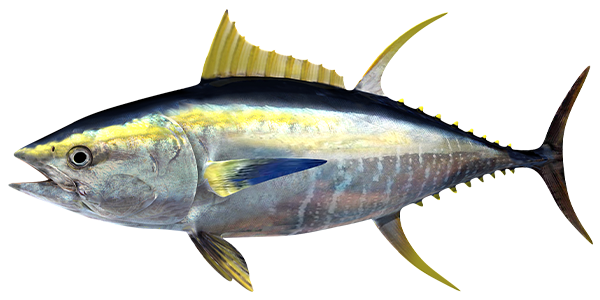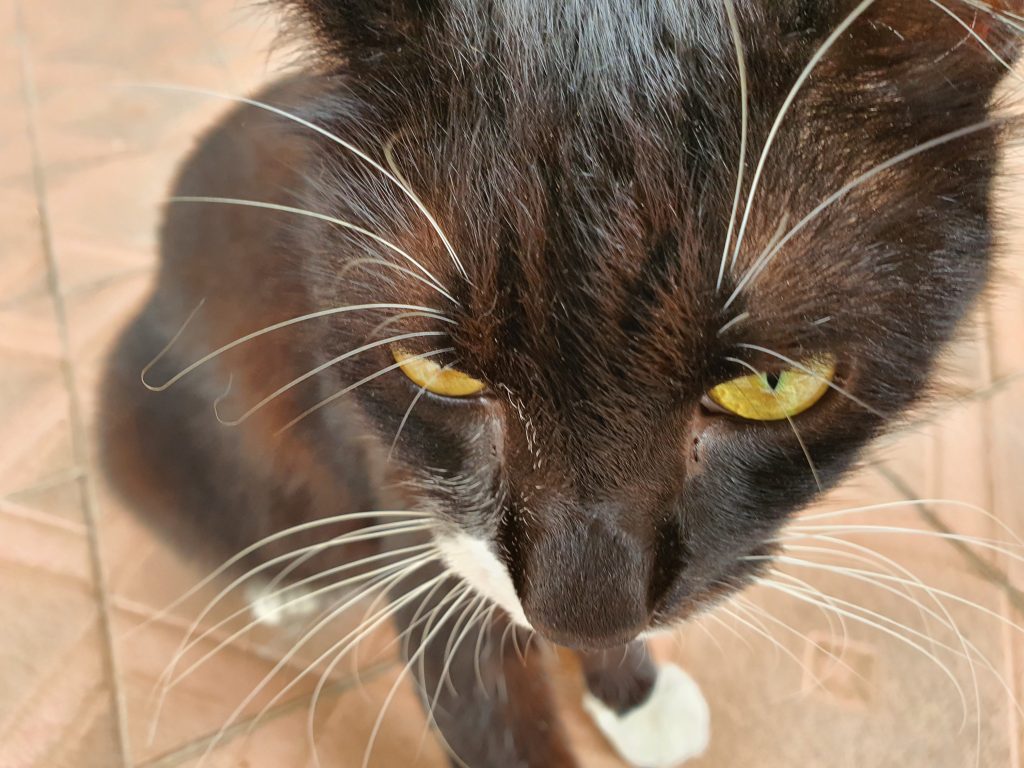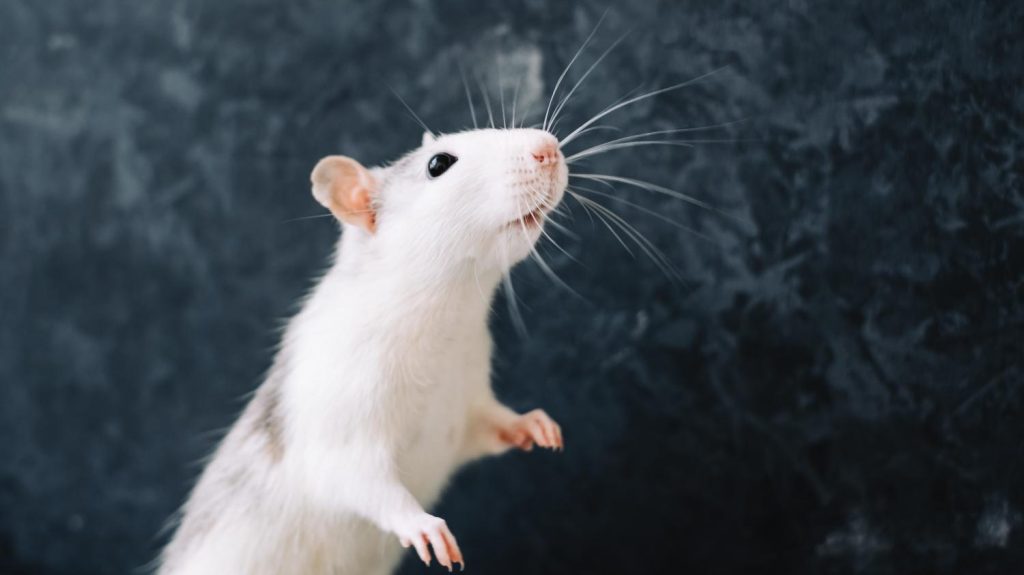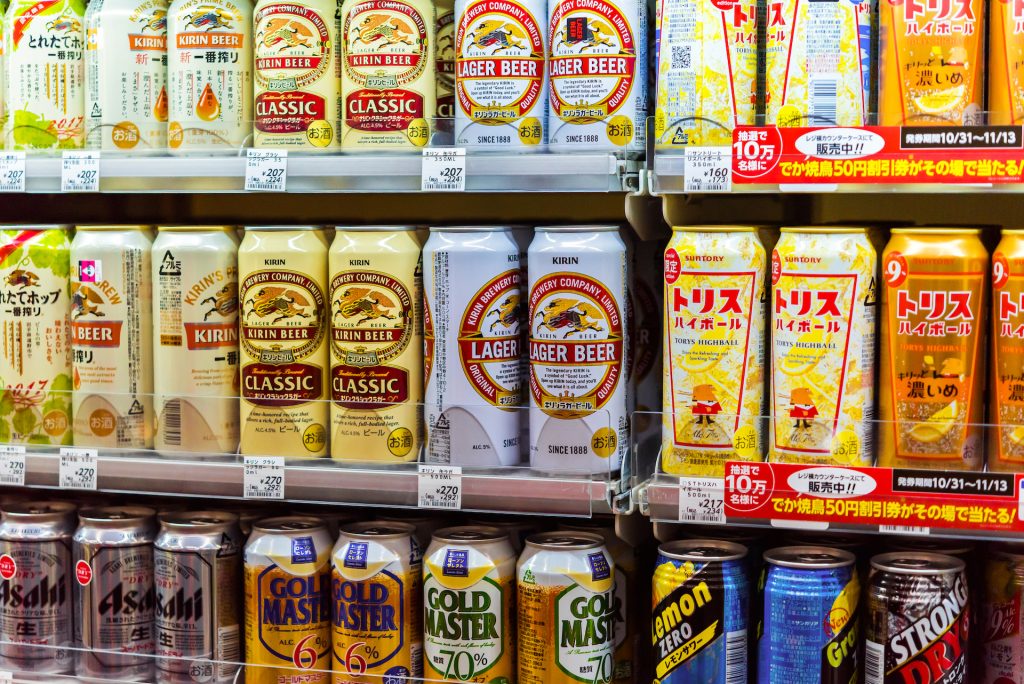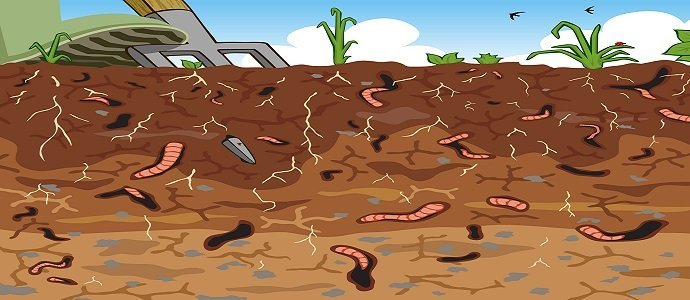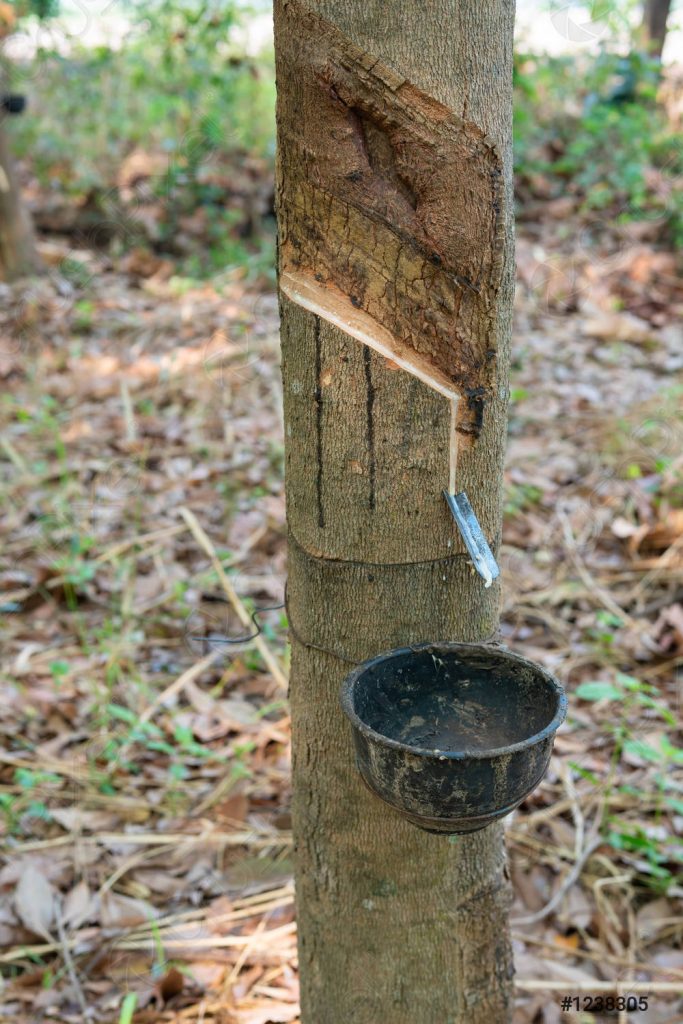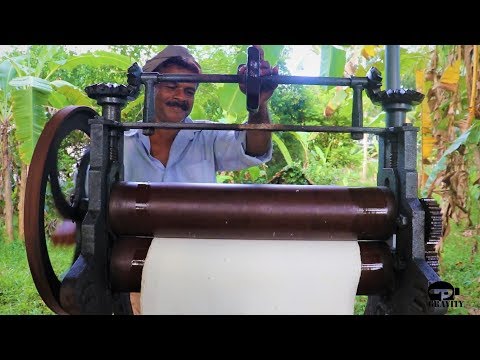Japan is odd: Tokyo’s citizens hand in £25 million lost cash
Posted on
It was reported by the London Times on March 14th, 2023, that Tokyo’s upstanding citizens handed in a record total of nearly £25 million in cash and hundreds of thousands of valuable items to the police last year.
A total of 3.71 million items were handed in, including more than 300,000 wallets and purses, 156,000 bags, 126,000 phones and 93,000 pieces of jewellery, according to the Metropolitan Police Department. One person turned in a box containing about £227,000 in cash.
Nearly 330,000 misplaced items of clothing or footwear were received by the police along with 280,000 umbrellas.
After a pandemic-era dip in lost and found cases, last year’s cash haul was the highest since records began in 1940. Unclaimed cash and proceeds from the sale of items that could not be returned to their owners netted about £4.5 million last year, which was transferred to the coffers of the Tokyo metropolitan government. The police figures do not count the items handed in to train and underground networks, which operate their own lost and found systems. Even plastic bags containing alcohol or food are often returned intact.
Street crime rates are very low in Japan. While corruption is not unknown in politics and big business, ordinary citizens are on the whole scrupulously law abiding. Even most of the country’s yakuza gangster clans obey their own rules against engaging in street crime.
However, a rare series of more than 50 violent burglaries and home invasions has gripped the country since it began in the summer of 2021. Wealthy elderly homeowners were targeted by an extensive gang controlled by a small group of Japanese criminals operating out of prison in the Philippines. The hunt for the gang members intensified when a 90-year-old woman in Tokyo died after being beaten during a robbery in her home in January.
It has emerged that the gang leaders were already being held on separate charges in prison in the Philippines when they began planning the raids. The inmates had access to mobile phones and were allegedly allowed to visit casinos in Manila after bribing guards.
The four ringleaders, who used code names from popular anime, were repatriated to Japan last month to face a slew of criminal charges.
Police have warned people to take care of their belongings during cherry blossom viewing season, which has begun in Tokyo and is traditionally accompanied by drinking parties under the trees. Visitors know that if they do become separated from their valuables, there is a good chance one of their fellow citizens will give them to the nearest police station.
Chat GPT’s note: Why Japanese are honest people
It is important to note that no single cultural or societal trait can be attributed to an entire population, as individuals within any culture or society can vary widely in their beliefs, behaviors, and values. However, honesty is generally considered an important value in Japanese culture, and there are several reasons why this may be the case:
- Strong emphasis on social harmony: Japanese society places a strong emphasis on maintaining social harmony and avoiding conflict. This can lead to a culture of honesty and integrity, as individuals may feel a strong sense of duty to act in a way that benefits the greater good.
- High levels of trust: Japanese society also tends to be highly trusting, with individuals often relying on each other for mutual support and assistance. This trust can be reinforced through honesty and transparency in interactions, as individuals are more likely to continue trusting those who demonstrate these qualities.
- Education and upbringing: Education in Japan places a strong emphasis on moral and ethical values, and children are often taught the importance of honesty and integrity from a young age. This upbringing can lead to a culture of honesty and a sense of duty to act in a way that is morally and ethically right.
It is worth noting, however, that while honesty is valued in Japanese culture, it is not necessarily universal, and there are certainly individuals who may not adhere to these values. Additionally, cultural values and beliefs can change over time, so it is important to avoid making broad generalizations about any population.




